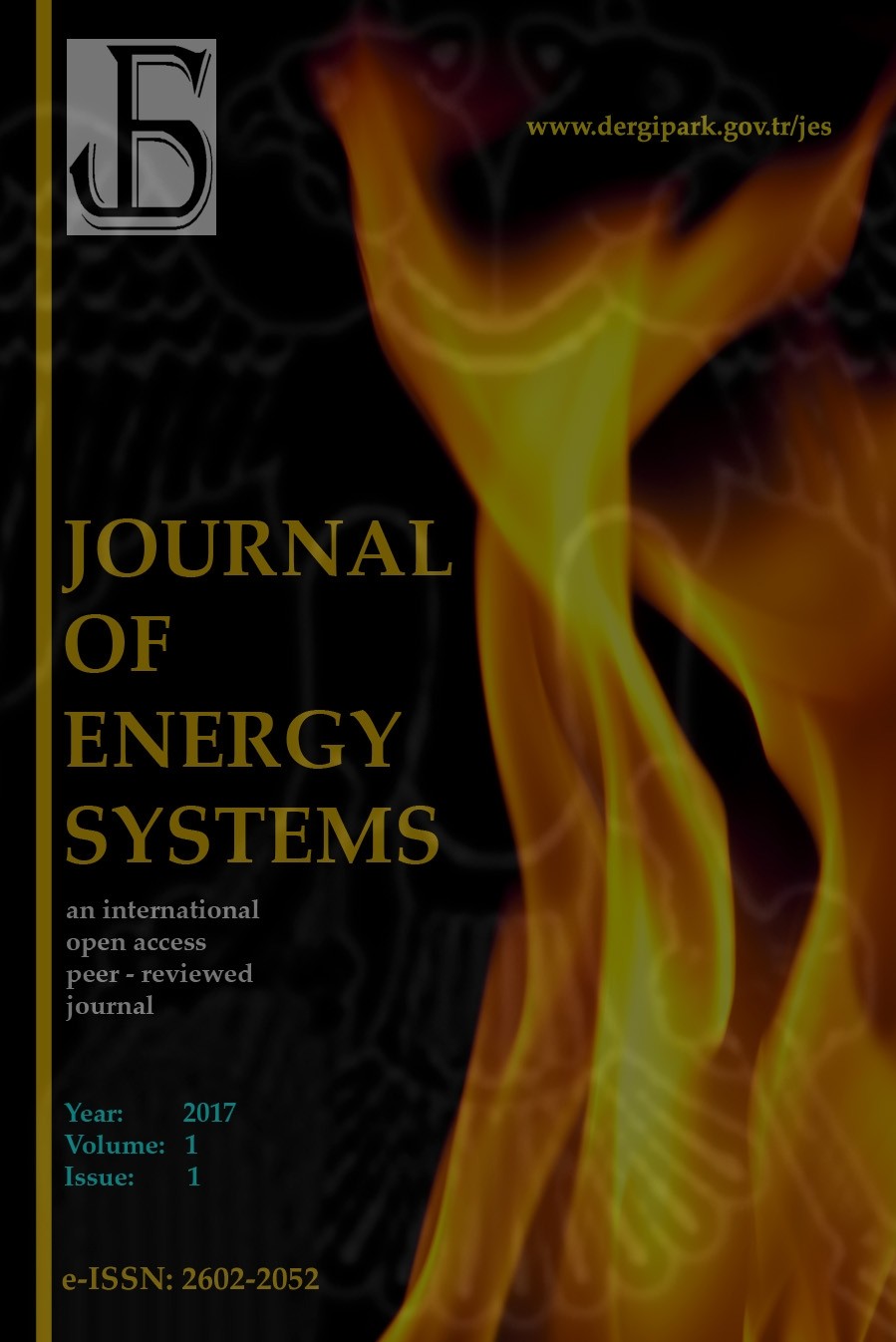Effect of acoustic energy on onset of fire propagation phenomenon
Effect of acoustic energy on onset of fire propagation phenomenon
___
- [1] Chiu HH, Summerfield, M, Theory of combustion noise, Aerospace and Mechanical sciences report. Princeton University, New Jersey; USA, 1973.
- [2] Schadow, KC, Gutmark, E. Combustion instability related to vortex shedding in dump combustors and their passive control. Progress in Energy and Combustion Science 1992; 18(2): 117-132.
- [3] Lovett JA, Turns SR. Experiments on axis symmetrically pulsed turbulent jet flames. AIAA Journal1990; 28:38–46.
- [4] Saito, M, Sato, M, Nishimura, A. Soot suppression by acoustic oscillated combustion. Fuel 1998; 77:973–978.
- [5] Hertzberg JR. Conditions for a split diffusion flame. Combust Flame 1997; 107:314–322.
- [6] Suzuki M, Atarashi T, Masuda W. Behavior and structure of internal fuel-jet in diffusion flame under transverse acoustic excitation. Combust Sci Tech 2007; 179:2581–2597.
- [7] Kozlov VV, Grek GR, Katasonov MM, Korobeinichev OP, Litvinenko YA, Shmakov AG. Stability of subsonic microjet flows and combustion. J Flow Contr Meas Vis 2013; 1:108–111.
- [8] Nair, V, Sujith, RI. Multifractality in combustion noise: predicting an impending combustion instability. J. Fluid Mech2014; 747: 635-655.
- [9] Mondal, S, Unni, VR, Sujith, RI. Onset of thermoacoustic instability in turbulent combustors: an emergence of synchronized periodicity through formation of chimera-like states. J. Fluid Mech. 2017;811: 659-681.
- [10] Tiwari, P, Ramanan, V, Malhotra, V. An Experimental Insight into Thermoacoustic Smoldering. Journal of Space Exploration 2017;6(1): 119.
- [11] X. Huang. Critical drip size and blue flame shedding of dripping ignition in fire. Sci. Rep.2018; 8: 1–13
- [12] Magina, N, Acharya, V, Lieuwen, T. Forced response of laminar non-premixed jet flames. Prog. Energy Combust. Sci.2019; 70:89–118.
- [13] George, NB, Unni, VR, Raghunathan, M, Sujith, RI. Pattern formation during transition from combustion noise to thermoacoustic instability via intermittency. Journal of Fluid Mechanics 2018; 849: 615–644.
- [14] Sujith, RI, Unni, VR. Complex system approach to investigate and mitigate thermoacoustic instability in turbulent combustors. Physics of Fluids2020;32(6): 061401.
- [15] Tatnell, DM, Heath, MS, Hepplestone, SP, Hibbins, AP, Hornett, SM, Horsley, SAR, Horsell, DW. Coupling and confinement of current in thermoacoustic phased arrays. Science Advances, Applied Physics 2020;6(27): eabb2752.
- [16] Vinayak Malhotra et al 2021 IOP Conf. Ser.: Mater. Sci. Eng. 1168, 012019
- Başlangıç: 2017
- Yayıncı: Erol KURT
Bio-energy characteristics of black pine (Pinus nigra Arn.) hydrodistillation waste products
Hafize FİDAN, Stanko STANKOV, Nadezhda PETKOVA, Bozhidar BOZADZHİEV, Milen DİMOV, Lazar LAZAROV, Apostol SİMİTCHİEV, Albena STOYANOVA
On minimization of the group variability of intermittent renewable generators
Dubravko SABOLİĆ, Roman MALARİĆ
R1234yf and R744 as alternatives to R134a at mobile air conditioners
A new tool for energy security and secure energy communication
Gaikwad Sachin RAMNATH, Harikrishnan R
Predicting cost of dairy farm-based biogas plants: A North American perspective
Arash SAMİZADEH MASHHADİ, Noori SAADY, Carlos BAZAN
Effect of acoustic energy on onset of fire propagation phenomenon
Saumya SHEKHAR, Bhushan THOMBARE, Vinayak MALHOTRA
Energetic and economic analysis for improving greenhouse energy efficiency
